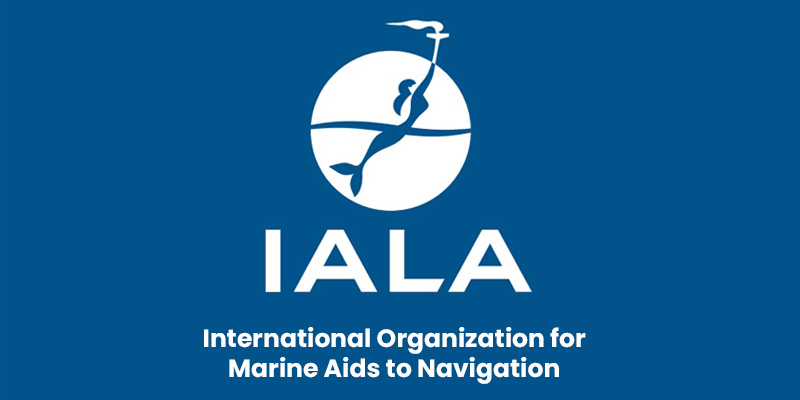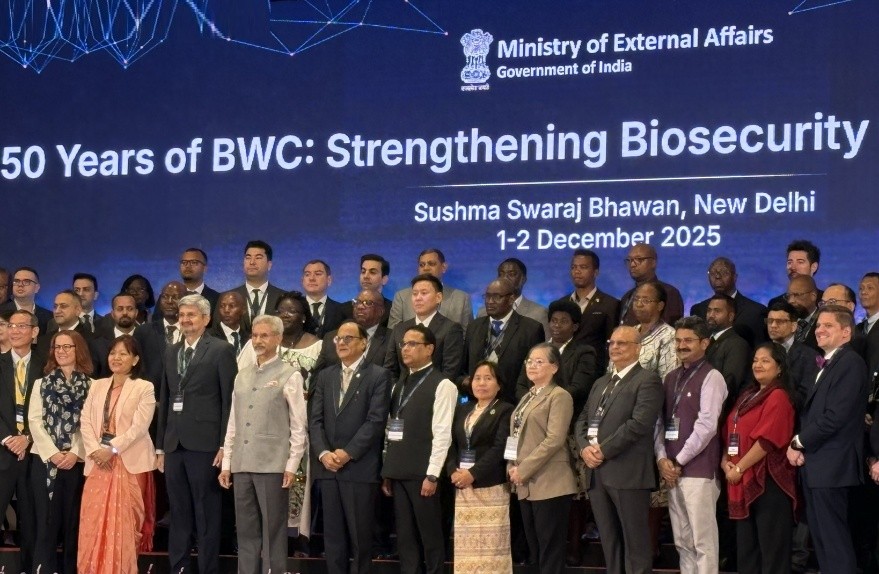Font size:
Print
Hindu Kush-Himalaya: Diminished Snow Persistence
Context:
According to a new report released by ICIMOD, snowfall reduction over the Indus, Ganga and Brahmaputra basins is expected to be 23%, 17% and 15% respectively from November 2023 to April 2024 compared to the historical average of 2003-2023.
About ICIMOD:
- The International Centre for Integrated Mountain Development (ICIMOD) is an intergovernmental knowledge and learning centre.
- They are based in Kathmandu, Nepal.
- It operates in eight regional member countries: Afghanistan, Bangladesh, Bhutan, China, India, Myanmar, Nepal, and Pakistan.
- Their mission is to improve the lives and livelihoods of men, women, and children in the HKH.
- ICIMOD’s work strengthens regional cooperation for conservation and sustainable mountain development.
Key Findings of the Report:
- Snow Persistence Reduction: The report indicates a substantial reduction in snow cover, threatening early summer water availability.
- This anomaly follows a trend of decreasing snow amounts and persistence over the past 22 years.
- Water Supply Impact: Snowmelt contributes approximately 23% of the total water flow in 12 major river basins originating from the Hindu Kush-Himalaya (HKH).
- Reduced snow persistence poses a severe risk to water security for around 240 million people in the region and an additional 1.65 billion downstream.
- Impact on Water Resources: The decrease in snow persistence directly affects the water availability in these basins.
- This reduction in snow cover translates to less snowmelt feeding into the rivers during the critical pre-monsoon period.
- Historical Comparison: The data indicates a notable downward trend in snow cover over the past two decades, emphasising the ongoing impact of climate change on the region’s hydrological cycle.

Specific Basin Impacts:
- Indus Basin: Snow persistence dropped 23.3% below normal, the lowest in the past 22 years, surpassing the previous low in 2018.
- Ganga Basin: Experienced a 17% decrease in snow persistence, marking its lowest level, worse than the 15% recorded in 2018.
- Brahmaputra Basin: Recorded a 15% decrease, significantly below normal levels.
- Helmand Basin: Noted a 31.8% decline, the second-lowest after a 42% decrease in 2018.
- Amu Darya Basin: Saw a 28.2% reduction in snow persistence, one of the lowest among Central Asian rivers.
- Irrawaddy Basin: Showed a slight decline of 2.4%, reflecting fluctuating snow levels over the past 22 years.

Climate Change in the Hindu Kush Himalaya (HKH):
- Warming Trends: Even with global warming limited to 1.5˚C, the HKH will likely experience at least 0.3˚C higher warming, with the northwest Himalaya and Karakoram seeing increases of at least 0.7˚C.
- Temperature Extremes: Over the past five to six decades, there has been a rise in extreme warm events and a decrease in extreme cold events, with increasing variability in temperature indices.
- Snow and Glacier Dynamics: Increased variability in western disturbances and higher snowfall probabilities in the Karakoram and western Himalaya may contribute to glacier mass increases in these areas.
- Model Uncertainty: Climate model consensus is weak due to the region’s complex topography and the coarse resolution of global climate models.

Climate Change Implications:
- Streamflow Variability: The reduction in snow persistence is likely to lead to increased variability in streamflow, with potential decreases in pre-monsoon flows.
- This change poses significant risks for irrigation, hydropower, and ecosystem services that rely on steady water supplies during this period.
- Increased Risk of Glacial Lake Outburst Floods (GLOFs): As glaciers continue to retreat, the formation of glacial lakes and the associated risk of GLOFs is expected to rise.
- This increase in glacial lakes further complicates water management and disaster risk reduction efforts in the region.
Strategic Recommendations:
- Enhanced Monitoring and Data Collection: Establish more extensive observation networks to better track snow cover and glacier dynamics.
- Implement long-term snow course monitoring to provide more accurate data on snow water equivalents in high mountain areas.
- Climate Adaptation and Mitigation: Strengthen international agreements to reduce greenhouse gas emissions, thereby mitigating future cryospheric changes.
- Develop adaptive water management strategies that account for the anticipated reductions in snowmelt and glacial runoff.
- Risk Reduction for High-Mountain Hazards: Enhance the capacity for predicting and managing risks associated with glacial lake outburst floods.
- Promote the development of early warning systems and infrastructure improvements to mitigate the impacts of GLOFs.
- Proactive Drought Management: The report urges governments to activate drought management strategies and update water management plans to address possible water shortages, especially in early summer.
- Rainwater Harvesting: Emphasises the importance of collecting rainwater for irrigation and other uses to mitigate the effects of reduced snowmelt.
- International Cooperation: Calls for collaboration among countries sharing transboundary rivers to update water management laws, ensuring long-term resilience to climate change.
Hindu Kush Himalaya
- The HKH region is also known as the greater Himalayan region or “the roof of the World.”
- Geographic Extent: Stretches over 3,500 kilometres.
- Freshwater towers in South Asia and parts of Southeast Asia.
- Source of ten major Asian river systems.
- Freshwater towers in South Asia and parts of Southeast Asia.
- Spans across eight countries: Afghanistan, Bangladesh, Bhutan, China, India, Myanmar, Nepal, and Pakistan.
- Significance: Referred as the “Third Pole,” is home to the largest volume of ice outside the polar regions.
Way Forward:
- The significant reduction in snow persistence in the HKH region serves as a wake-up call for researchers, policymakers, and communities.
- With snow levels almost a fifth below normal, there is an urgent need to adopt proactive measures to manage water resources and ensure the region’s resilience to climate change.
- The findings highlight the critical importance of updating drought management plans, enhancing rainwater harvesting efforts, and fostering international cooperation to safeguard water security for millions of people.
Conclusion
The report underscores the urgent need for coordinated efforts to address the challenges posed by reduced snow persistence in the Indus, Ganga, and Brahmaputra basins. Through enhanced monitoring, international cooperation, and adaptive management strategies, it is possible to mitigate the impacts of these changes on water security and regional stability.


